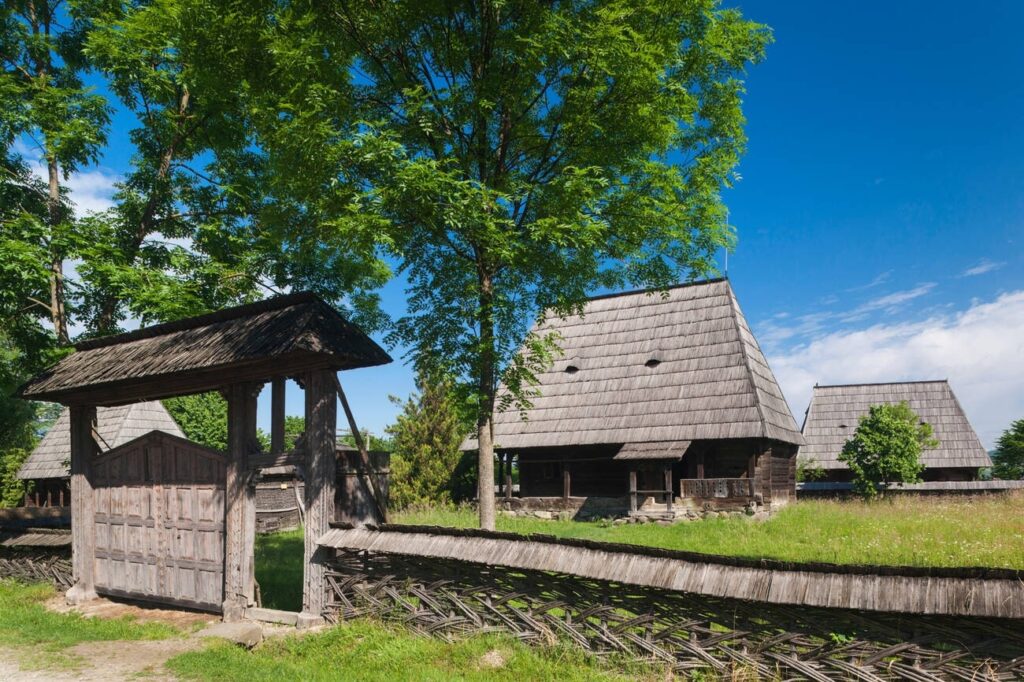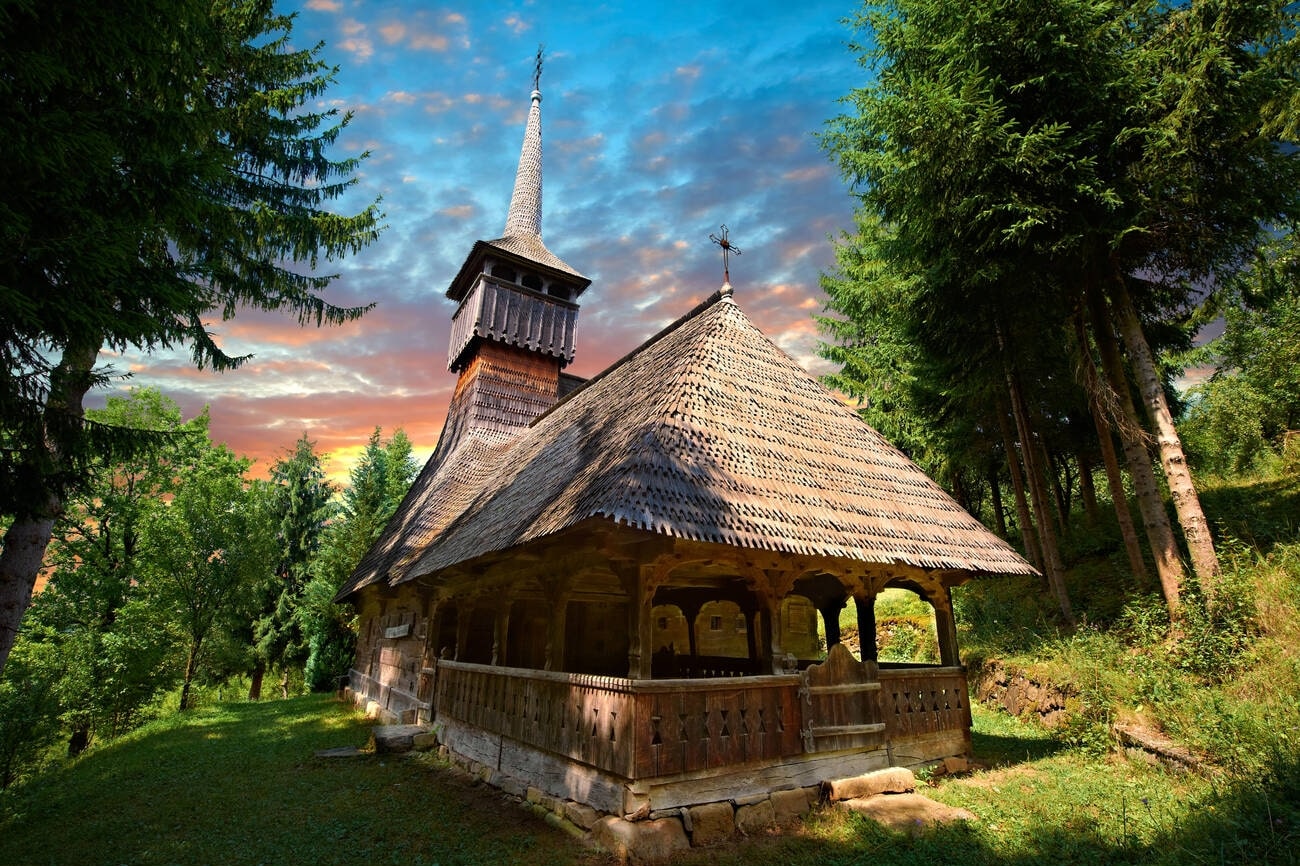Sighetu Marmatiei Museum
Maramures Village Museum (Sighetu Marmatiei) Nestled in the heart of Sighetu Marmatiei, the Maramures Village Museum stands as a living testament to the region’s architectural and cultural traditions.
This open-air museum, spanning over 20 acres, is a meticulously curated collection of over 60 wooden houses, churches, and other structures that have been painstakingly relocated from various villages across Maramures.
Established in 1982, the Maramureș Village Museum in Sighetu Marmatiei, Romania, stands as a testament to the rich cultural heritage of the Maramureș region. Here are some key historical facts about this captivating open-air museum:

- Founding: The museum was founded with the mission of preserving and showcasing the architectural and cultural heritage of Maramureș. It was conceived as an open-air exhibit, allowing visitors to immerse themselves in the traditional way of life of the region’s inhabitants.
- Collection: The museum boasts a diverse collection of over 100 structures, including traditional wooden houses, churches, barns, and farmsteads. These structures have been meticulously reconstructed to reflect the architectural styles of the Maramureș area, offering visitors a glimpse into the daily lives and customs of the region’s people.
- Wooden Churches: One of the highlights of the museum’s collection is its wooden churches, some of which date back several centuries. These churches are renowned for their stunning craftsmanship and ornate design, featuring intricately carved wooden interiors and colorful frescoes that tell stories from the Bible and local folklore.
- Cultural Significance: The Maramureș Village Museum plays a crucial role in preserving and promoting the cultural heritage of the Maramureș region. By showcasing traditional architecture, crafts, and customs, the museum helps to ensure that these traditions are passed down to future generations and remain a vibrant part of the local identity.
- Visitor Information: The museum is open year-round, with varying hours depending on the season. Admission fees are affordable, making it an accessible destination for individuals and families alike. Guided tours are available for those who wish to gain deeper insights into the history and significance of the exhibits.
- Events and Workshops: In addition to its exhibits, the museum hosts various cultural events and workshops, offering visitors the opportunity to participate in traditional crafts such as woodworking, weaving, and pottery. These hands-on experiences provide a unique and immersive way to engage with the cultural heritage of Maramureș.
The Village Museum of Maramures (Muzeul Satului Maramures)

The Village Museum of Maramures, also known as Muzeul Satului Maramures, is an open-air museum that offers a glimpse into the rich cultural heritage of the Maramures region in Romania.
Established in 1981, this museum showcases over 30 traditional houses from different parts of Maramures, along with essential rural dependencies like stables, looms, fountains, granaries, and mills.
The museum’s collection includes houses dating back to the 16th-18th centuries, representing the traditional architecture of the region.
Additionally, the museum features houses representing the minorities of Maramures, such as the Jewish House from Barsana, the Hungarian House from Campulung la Tisa, and the Ukrainian House from Poienile de sub Munte.
The central piece of the museum is a wooden church built in 1621 and relocated from the village of Oncesti, which still preserves its interior paintings from over 200 years ago.
The Village Museum of Maramures provides a valuable insight into the rural world of Romania, capturing the essence of a traditional Maramures village amidst a changing cultural landscape.


